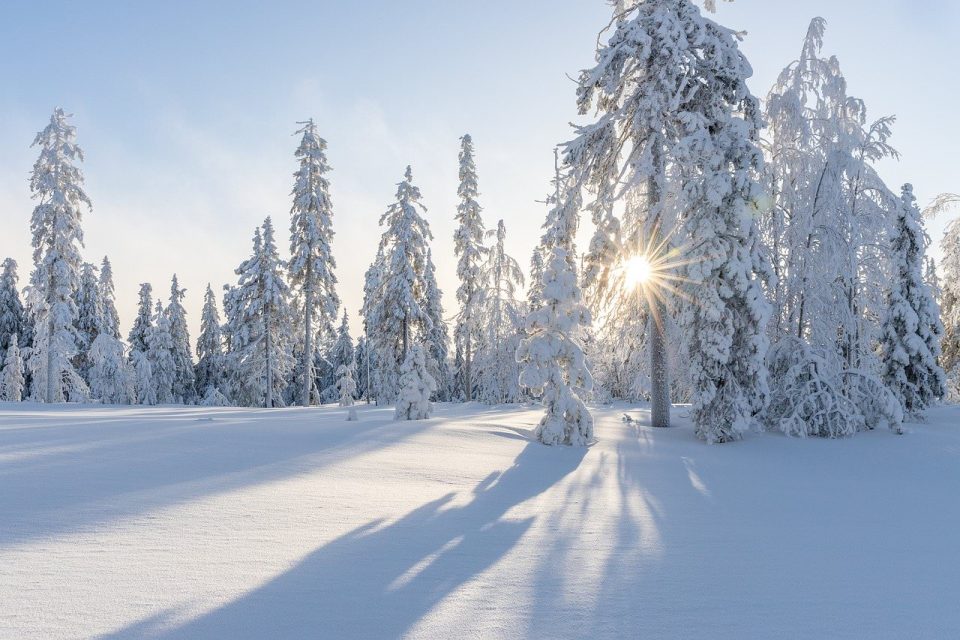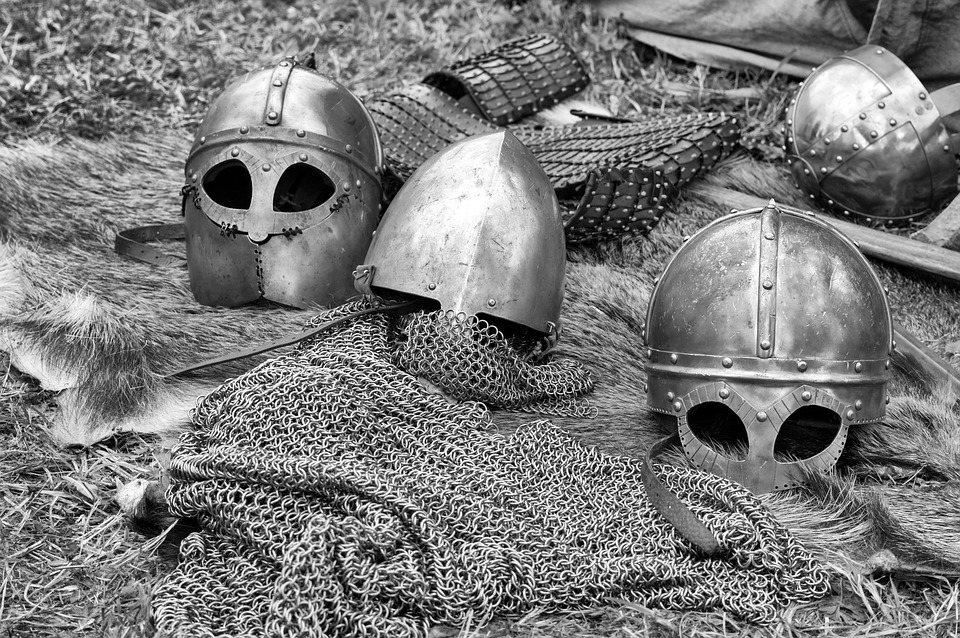1 – The Tibetans: Matthew T. Kapstein, 2006. This book provides a comprehensive overview of Tibetan history and culture, with a focus on the religious beliefs and practices that have shaped Tibetan society. The author covers the early development of Buddhism in Tibet, the emergence of the Dalai Lama as a spiritual and political leader, and the impact of Chinese rule on Tibetan religion and identity. The book also explores the role of religious texts, rituals, and institutions in shaping Tibetan beliefs, as well as the role of Tibetan Buddhism in the wider Buddhist world.
2 – The Nyingma School of Tibetan Buddhism: Dudjom Rinpoche, 1991. This book offers an in-depth look at one of the oldest and most influential schools of Tibetan Buddhism, the Nyingma tradition. The author explores the history of the Nyingma lineage, its distinctive teachings and practices, and the role of its masters in preserving and transmitting the teachings of the Buddha. The book also provides insights into the nature of Tibetan Buddhist practice, including meditation, ritual, and devotion.
3 – A History of Modern Tibet, Volume 2: Melvyn C. Goldstein, 2007. This book is the second volume of a comprehensive history of Tibet from the 19th century to the present day. The author focuses on the political and social changes that have shaped Tibet during this period, including the impact of Chinese rule, the struggle for Tibetan independence, and the role of religion in shaping Tibetan identity. The book also examines the changing role of the Dalai Lama, the impact of modernization on Tibetan society, and the challenges facing Tibetans in the contemporary world.
4 – The Life and Times of Jamyang Khyentse Chökyi Lodrö: Dilgo Khyentse Rinpoche, 2007. This book is a biography of one of the most important Tibetan Buddhist masters of the 20th century, Jamyang Khyentse Chökyi Lodrö. The author provides insights into the life and teachings of this influential figure, including his role in preserving the Nyingma tradition, his relationships with other masters and disciples, and his contributions to Tibetan culture and society. The book also includes a selection of teachings by Jamyang Khyentse Chökyi Lodrö, providing insights into his spiritual philosophy and practices.
5 – The Tibetan Book of Living and Dying: Sogyal Rinpoche, 1992. This book is a classic introduction to Tibetan Buddhism, providing a detailed overview of its key teachings and practices. The author focuses on the Tibetan Buddhist approach to death and dying, offering insights into the nature of consciousness, the process of dying, and the importance of spiritual practice in preparing for death. The book also explores the role of meditation, compassion, and wisdom in developing a deeper understanding of the nature of reality.
6 – The Life of Milarepa: Tsangnyön Heruka, 1998. This book is a biography of one of the most beloved figures in Tibetan Buddhism, Milarepa. The author provides insights into the life and teachings of this revered master, including his early years as a black magician, his conversion to Buddhism, and his spiritual practices and achievements. The book also includes a selection of Milarepa’s songs, offering a glimpse into his spiritual philosophy and teachings.
7 – The Way and the Mountain: Marco Pallis, 1968. This book is a classic exploration of Tibetan Buddhism and culture, offering insights into the history, beliefs, and practices of this ancient tradition. The author focuses on the relationship between Tibetan Buddhism and the natural environment, exploring the connection between the Tibetan people and the mountains, rivers, and other natural features of their homeland. The book also provides an overview of Tibetan religious texts, practices, and institutions, as well as the role of Tibetan Buddhism in the wider Buddhist world.
8 – The Fourteenth Dalai Lama: A Biography: Claude B. Levenson, 1999. This book is a biography of the current Dalai Lama, Tenzin Gyatso, providing insights into his life, teachings, and contributions to Tibetan culture and society. The author covers the Dalai Lama’s childhood in Tibet, his exile in India, and his role as a spiritual and political leader of the Tibetan people. The book also includes a discussion of the Dalai Lama’s efforts to promote world peace, human rights, and environmental conservation.
9 – The Divine Madman: The Sublime Life and Songs of Drukpa Kunley: Keith Dowman, 2000. This book is a biography of one of the most colorful and unconventional figures in Tibetan Buddhism, Drukpa Kunley. The author provides insights into the life and teachings of this revered master, including his use of humor, satire, and sexual imagery to teach spiritual lessons. The book also includes a selection of Drukpa Kunley’s songs and poetry, offering a glimpse into his unique spiritual philosophy and practices.
10 – Tibetan Yoga and Secret Doctrines: W.Y. Evans-Wentz, 1935. This book is a classic exploration of Tibetan Buddhist practices and philosophy, offering insights into the nature of consciousness, the human energy system, and the practice of yoga in the Tibetan tradition. The author covers a range of topics, including the use of sound and visualization in meditation, the role of physical postures in spiritual practice, and the relationship between Tibetan Buddhist practices and the teachings of the Indian yogic tradition. The book also includes translations of key Tibetan texts on yoga and meditation, providing readers with a deeper understanding of these ancient practices.












